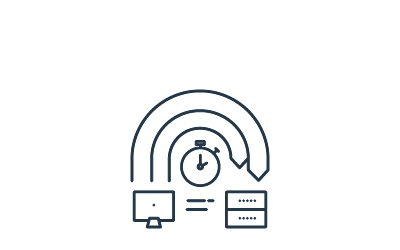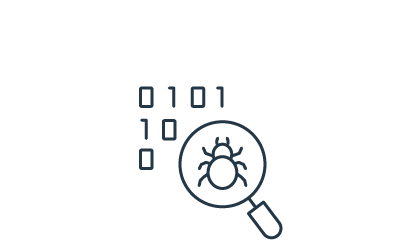In today’s cyber threat environment, federal agencies and global businesses have no sure way to prevent adversaries from compromising their networks. That’s why organizations are moving to adopt a zero trust architecture (ZTA) that delivers data-centric security. A zero trust strategy assumes a breach, verifies identities, and grants the least-privileged access. But not all ZTA implementations are created equal: Defenders need all the visibility they can get to stay ahead of advanced adversaries.
Imagine an adversary has breached your perimeter defenses, gained a foothold in your environment, overcome prevention-based security measures, and started using stolen credentials and novel offensive techniques to move through the network toward the data they plan to steal. In this scenario, your ability to protect your most critical assets depends on how fast you can detect and respond to the attack. Standard sensors aren’t designed to meet the need for such quick action. Emerging threats, meanwhile, are constantly accelerating.
Advanced adversaries are evading detection with sly offensive techniques like identity-driven attacks and AI-fueled polymorphic malware. In addition, they are using execution speed to rapidly propagate and compromise critical systems before the defense has the time to confirm threats. What’s more, insider threats pose a growing security risk, with malicious activity by insiders appearing legitimate to anomaly and log analytics-based detection mechanisms. All in all, security operations center (SOC) teams are suffering from alert deluge: This reduces SOC reaction time and makes it easier for threats to spread.
Organizations need to reduce blind spots in their detection capabilities to stop attacks faster. In the context of the Department of Defense’s seven-pillar model for zero trust, they need robust capabilities for “visibility and analytics." This is the hallmark of mature zero trust implementations. A leading way to achieve these capabilities—which can help turn the tables on stealthy hackers aiming to navigate the network undetected—is to include deception technology in your ZTA.
Deception technology involves predicting adversarial actions based on knowledge of malicious tradecraft, setting relevant traps of all kinds for the adversary, and tracking interactions with these traps. This approach goes hand in hand with an assume-breach mentality.












